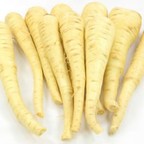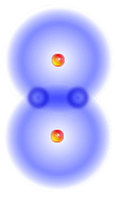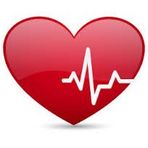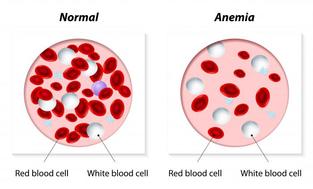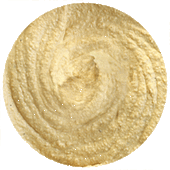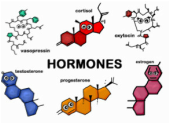
Examples of human hormones:
- Adrenalin triggering "fight or flight" responses in the nervous system
- Androgens (including testosterone) responsible for male secondary sex characteristics
- Cortisone controlling the metabolism of carbohydrates and proteins
- Gastrin, secretin and related hormones regulating various stages of digestion
- Estrogen developing secondary female sexual characteristics & maintaining pregnancy
- Glucagon raising blood glucose levels
- Oxytocin aka "cuddle hormone" causing contraction of some smooth muscles

